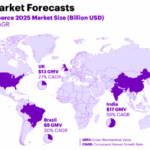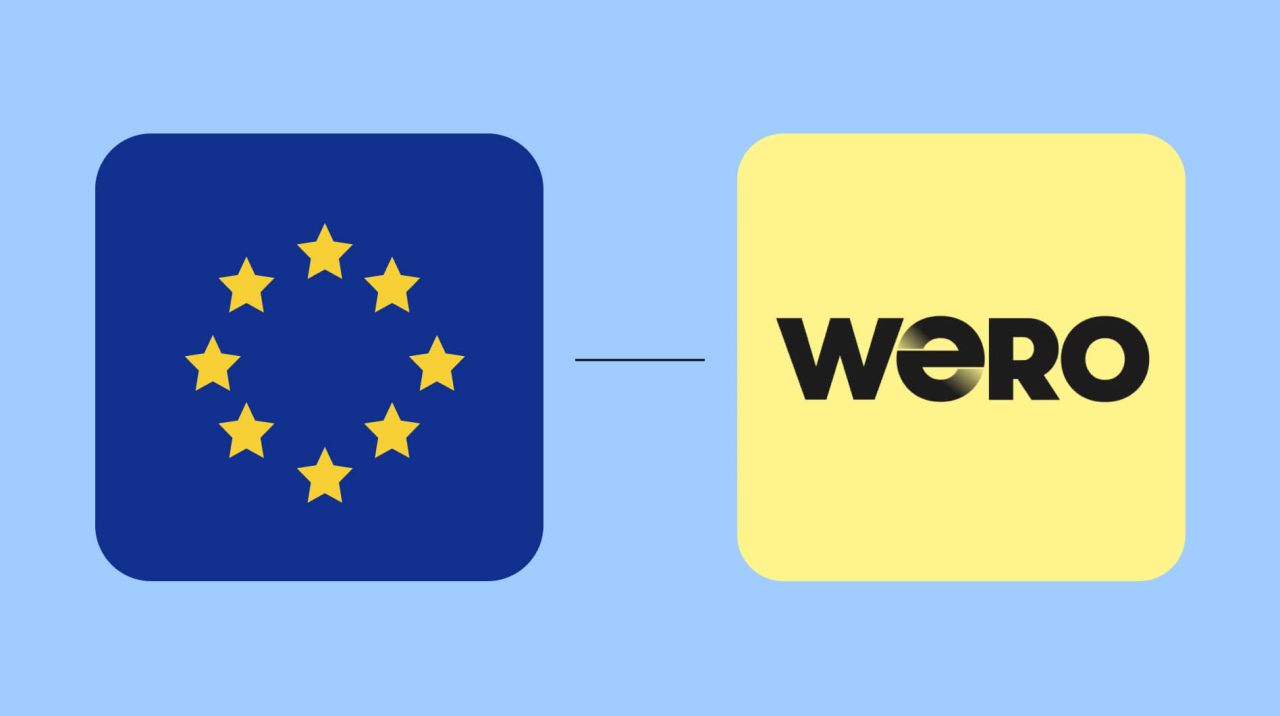In a surprising turn for the European financial sector, Wero, a new payment service developed by some of Europe’s largest banks, has seen limited adoption in Germany despite an extensive introductory campaign. Only 2 percent of Germans have tried Wero so far, and awareness of the payment option remains low, with seven out of eight Germans reporting that they are unfamiliar with the service.
Launched with the support of several prominent banks, Wero was introduced as a payment method designed to provide a secure and streamlined experience for users across Europe. The platform promises easy transactions, enhanced security features, and seamless integration with existing online stores. While such features were expected to attract a large user base, the German market’s initial response has been lukewarm.
Limited Awareness and Adoption Challenges
Wero’s low uptake in Germany has raised questions about the effectiveness of its marketing strategy and whether it fully addresses the needs of German consumers. Despite efforts to make the payment service widely known, it appears that the campaign did not resonate as intended. The vast majority of consumers remain unfamiliar with Wero, highlighting a challenge for the service in establishing a foothold in one of Europe’s largest digital economies.
Payment options in Germany are competitive, with established options like PayPal, credit cards, and direct bank transfers already well integrated into the digital landscape. Many German consumers are accustomed to using these methods, and for a new service to gain traction, it would need to offer distinct advantages over these familiar options. Wero’s current positioning doesn’t seem to be convincing German shoppers to make the switch.
Potential Paths Forward
For Wero to gain traction, further strategic steps may be necessary. Industry experts suggest that addressing the market’s needs directly through targeted campaigns and partnerships could make the service more appealing. Collaborating with large online retailers and integrating Wero prominently at checkout could increase its visibility, while educational campaigns focused on the service’s security and ease of use might also help drive adoption.
Additionally, appealing to younger demographics who are more open to exploring new technologies could play a crucial role. Many younger consumers tend to prioritize convenience and security in their digital transactions and may be more likely to try Wero if its advantages are made clear.
What’s Next for Wero?
Given the low initial response, Wero’s future in Germany remains uncertain. However, as Europe’s payment landscape continues to evolve, Wero has an opportunity to adapt and potentially find its place. With a large base of potential users and significant backing from European banks, the platform has the resources to refine its approach and focus on areas where demand for alternative payment methods is growing.
As Wero continues to navigate the competitive German market, DMSMatrix will keep an eye on developments to see if further efforts lead to greater adoption. The rise of new payment platforms is shaping the European market, and only time will tell if Wero can find its niche among Germany’s established options.










